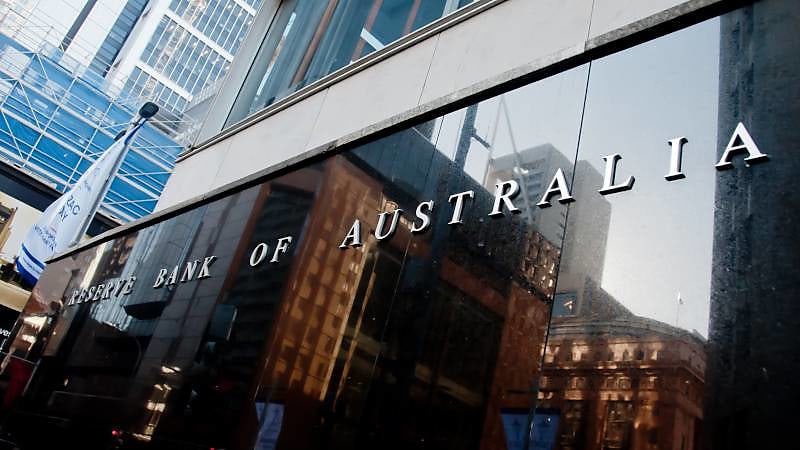RBA announces interest rate decision
The first monetary policy decision for the new financial year has been announced.
The Reserve Bank of Australia (RBA) has halted its monetary policy tightening cycle for the second time in 15 months, leaving the cash rate on hold at 4.1 per cent.
The rate pause follows a surprise print for the monthly consumer price index (CPI), which reported headline inflation of 5.6 per cent in the 12 months to March 2023, well below market expectations of 6.1 per cent.
Despite the inflation surprise, market expectations were mixed ahead of the board meeting, with a Bloomberg survey suggesting the odds between a hike and hold verdict were balanced.
But a number of senior economists, including representatives from three of the big four banks (ANZ, NAB, and Westpac), had projected a hike, with the Commonwealth Bank alone in correctly forecasting a hold.
Westpac economist Bill Evans said resilience in the labour market would force the RBA’s hand, with the unemployment rate falling to a near-record-low of 3.6 per cent.
“A second pause, to gather further information, seems unnecessary and only risks the need for the cycle to extend even further into 2023 when the prospects for damage to the economy increase substantially,” he said.
Reflecting on the RBA’s latest rate hike, Anneke Thompson, chief economist at CreditorWatch, said rates should be close to their peak.
“We are now nearing, if not at, the point in the monetary policy tightening cycle where further rises to the cash rate will have limited further effect,” she said.
“Households with a home loan have already endured the fastest and steepest rise to the cash rate in history, with most of these people unable to increase income enough to offset their higher interest repayments.
“The savings rate of Australians is now below pre-COVID levels, and COVID-era savings will have been exhausted already by many people.”
Ms Thompson said the RBA would look for signs of deterioration in the labour market before permanently halting its tightening cycle.
“The RBA will now be hoping businesses slow their hiring intentions, taking some pressure off wages and reducing inflation in labour-intensive parts of the economy,” she added.
Some senior economists are still forecasting two additional hikes from the RBA in the coming months, taking the terminal cash rate to 4.6 per cent.
The protracted tightening cycle has heightened the risk of a recession, with the Commonwealth Bank and AMP flagging a 50 per cent chance of a contraction in aggregate economic activity.
Subdued economic activity is expected to pave the way for monetary policy easing in the first quarter of 2024, according to AMP Capital chief economist Shane Oliver.
“Next year, I think we’re going to see a sharp downturn in inflation,” he told the ABC.
“As we go through next year, I think the Reserve Bank is going to reverse course and start cutting interest rates, probably from around February.
“But in the meantime, still a bit more pain to go.”








